Health & Science
Why ancient artists painted spotted horses; True friends are getting rarer; A close call with an asteroid; Seeking status by supersizing
Why ancient artists painted spotted horses
In their famous cave paintings in southwestern France, Stone Age artists drew brown horses, black horses—and white horses with black spots. The spotted coats depicted in those 25,000-year-old images have long puzzled archaeologists, who wondered if they were imaginary and had some special spiritual meaning. But now, through DNA analysis of ancient horse fossils, scientists have determined that the Paleolithic artists were realists: Of the 31 horses analyzed, 18 were brown, seven were black, and six had coats with “leopard’’ spotting. “People drew spotty horses because they saw spotty horses,” archaeologist Terry O’Connor of the University of York tells The New York Times. Knowing that the prehistoric cave artists painted real horses, however, doesn’t explain “why they took the effort making these beautiful paintings,” says study co-author Michael Hofreiter. The fact that early humans felt it was important to create art, at a time when life was precarious and hard, “tells us a lot about ourselves as a species.’’
True friends are getting rarer
The Week
Escape your echo chamber. Get the facts behind the news, plus analysis from multiple perspectives.

Sign up for The Week's Free Newsletters
From our morning news briefing to a weekly Good News Newsletter, get the best of The Week delivered directly to your inbox.
From our morning news briefing to a weekly Good News Newsletter, get the best of The Week delivered directly to your inbox.
For all their so-called friends on Facebook, most Americans have fewer close confidants now than they did a generation ago. Cornell University sociologists surveyed 2,000 adults and found that on average they had only two friends with whom they could discuss “important matters”—down from three in 1985. Nearly half of the volunteers listed only one friend, and 4 percent said they had none. A reduced social network “makes us potentially more vulnerable,” study author Matthew Brashears tells LiveScience.com, because talking our troubles over with a trusted pal provides “both emotional support and ideas for how to solve problems.” Brashears says that while we appear to be just as social as ever, our friendships seem to be shallower, leaving us with fewer people we can call on to lend us money, give us a place to stay, or simply keep us company during a tough time.
A close call with an asteroid
An asteroid as big as a city block whizzed by Earth last week, coming closer than any large space rock in 35 years. Astronomers tracking the asteroid, called 2005 YU55, knew it wouldn’t hit our planet. But if it had, they calculated, it would have gouged a 4-mile-wide, 1,700-foot-deep crater into the surface, incinerating people 50 miles away and throwing vast amounts of dirt and dust into the atmosphere, darkening the skies. If it had landed in the ocean, it would have launched a 70-foot-high tsunami. Instead, the flyby brought the coal-black asteroid within 201,700 miles of Earth—closer than the moon—and allowed researchers a rare close-up view of its size, surface, and orbit. Those new observations mean that “for many centuries, we’ll know exactly where this object is going to be” as it whips around the sun every 15 months, researcher Marina Brozovic, of NASA’s Near-Earth Object Office, tells Space.com. The asteroid, roughly 1,300 feet in diameter, could prove to “be an ideal object” for astronauts to visit, says Brozovic’s colleague Don Yeomans. Since asteroids are largely unchanged leftovers from the formation of the solar systems, some 4.5 billion years ago, their composition could provide clues about how Earth and other planets were born. Though 2005 YU55 won’t skim our planet again for more than 60 years, another large asteroid is expected to pass even closer in 2028—missing us by a mere 143,000 miles.
Seeking status by supersizing
A free daily email with the biggest news stories of the day – and the best features from TheWeek.com
Why do fast-food restaurants sell so many gargantuan burgers, fries, sodas, and other supersize portions? Ordering a giant meal is an easy way for people with low social status to feel temporarily powerful and important, a new study suggests. Throughout history, the researchers note, people with the most wealth and status have had the biggest houses and the most food. So they asked study subjects to rate the status of people after they chose from among large, medium, or small meals. Those who selected the largest portions of food were consistently rated as more powerful. Some subjects were also asked to recall a time when they felt taken advantage of, and then given a choice of small, medium, or large smoothies. In that diminished state of mind, they were far more likely to want the largest possible size than were volunteers who weren’t feeling low on the pecking order. The results, Northwestern University marketing professor Derek Rucker tells Time.com, suggest that jumbo portions may be a relatively cheap way for people who feel helpless to enjoy a “momentary catharsis.’’ That could be one reason why obesity rates are highest among people with low incomes.
-
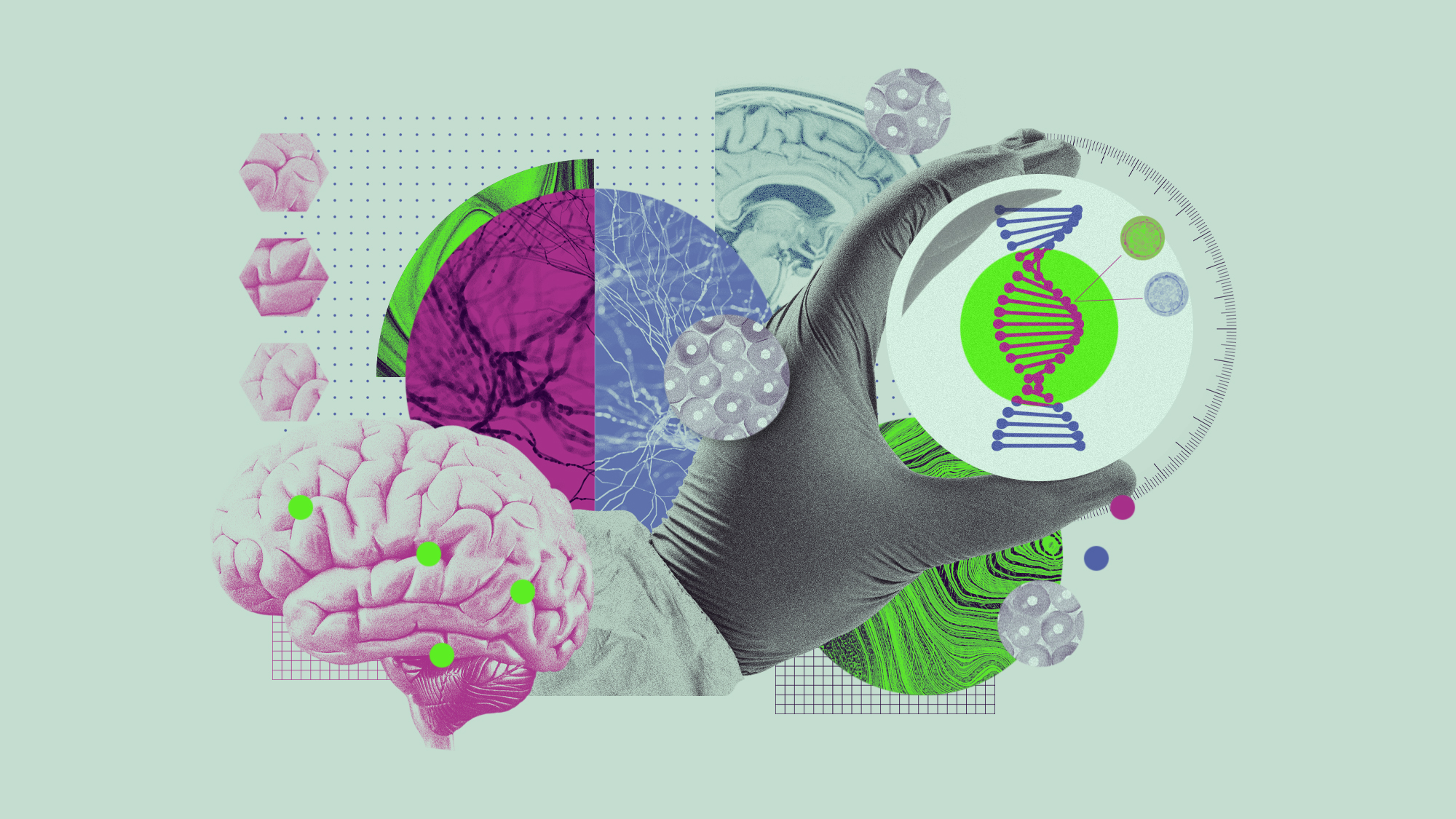 5 recent breakthroughs in biology
5 recent breakthroughs in biologyIn depth From ancient bacteria, to modern cures, to future research
-
 Bacteria can turn plastic waste into a painkiller
Bacteria can turn plastic waste into a painkillerUnder the radar The process could be a solution to plastic pollution
-
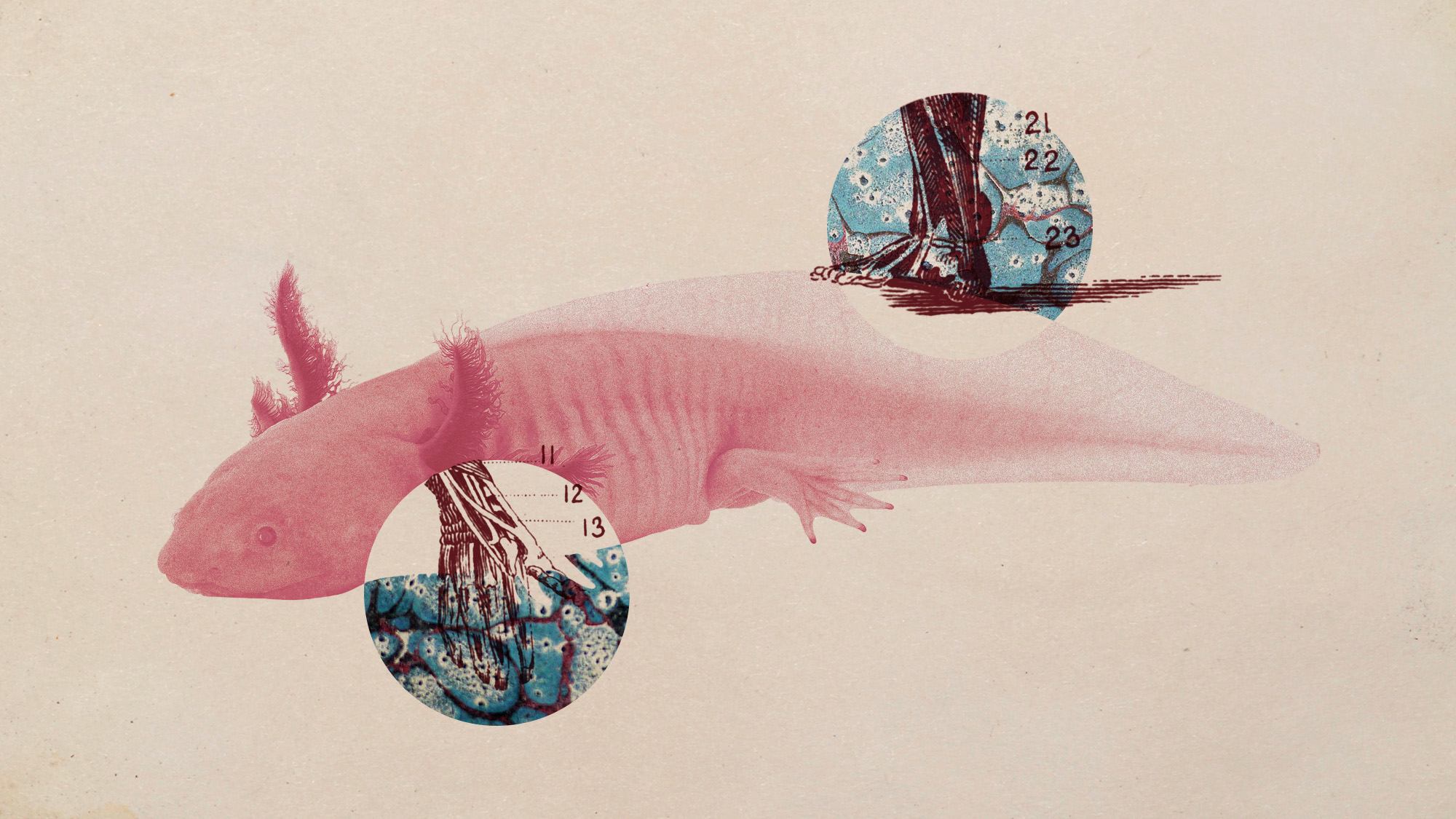 Scientists want to regrow human limbs. Salamanders could lead the way.
Scientists want to regrow human limbs. Salamanders could lead the way.Under the radar Humans may already have the genetic mechanism necessary
-
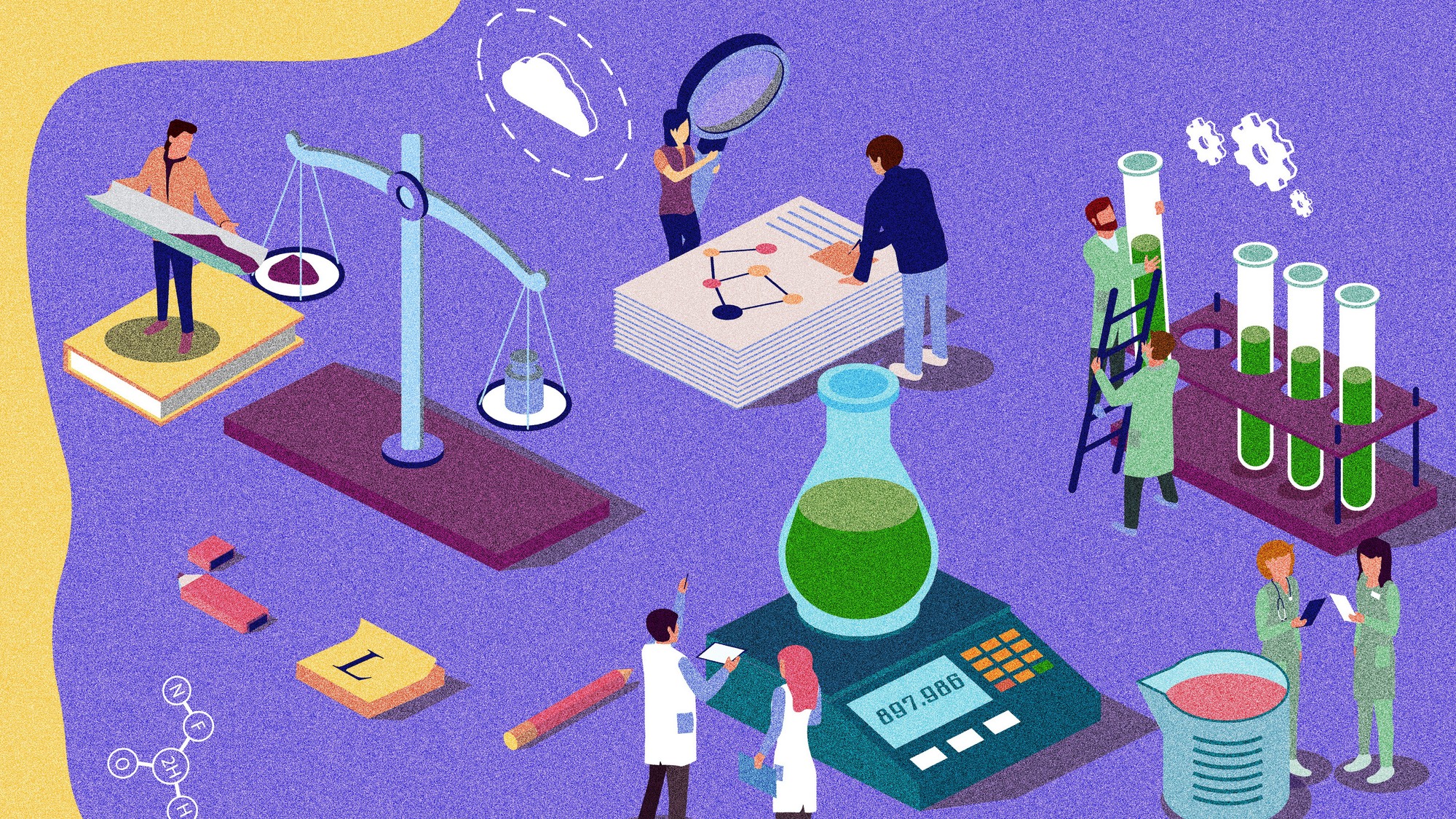 Is the world losing scientific innovation?
Is the world losing scientific innovation?Today's big question New research seems to be less exciting
-
 Breakthrough gene-editing treatment saves baby
Breakthrough gene-editing treatment saves babyspeed read KJ Muldoon was healed from a rare genetic condition
-
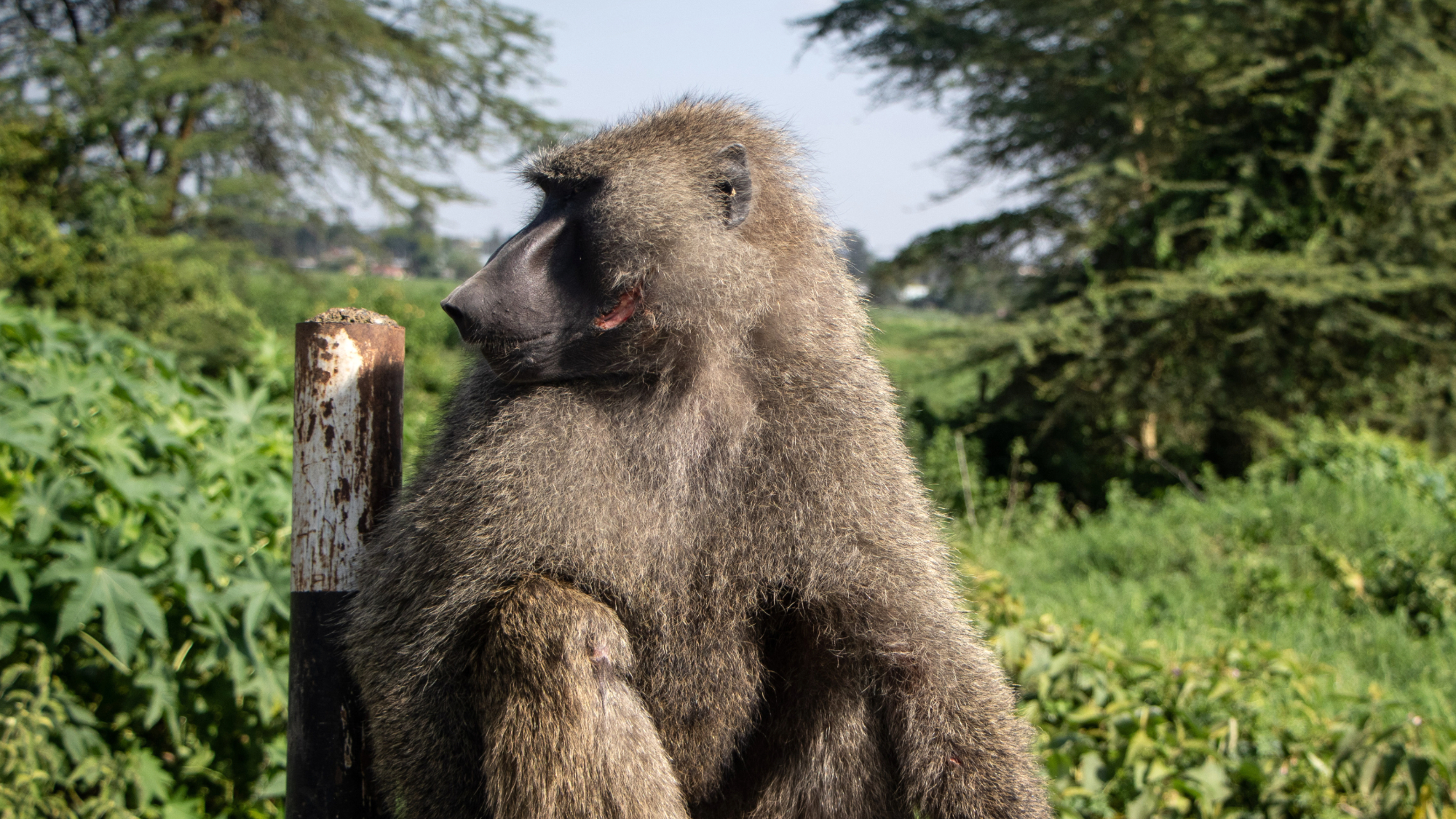 Humans heal much slower than other mammals
Humans heal much slower than other mammalsSpeed Read Slower healing may have been an evolutionary trade-off when we shed fur for sweat glands
-
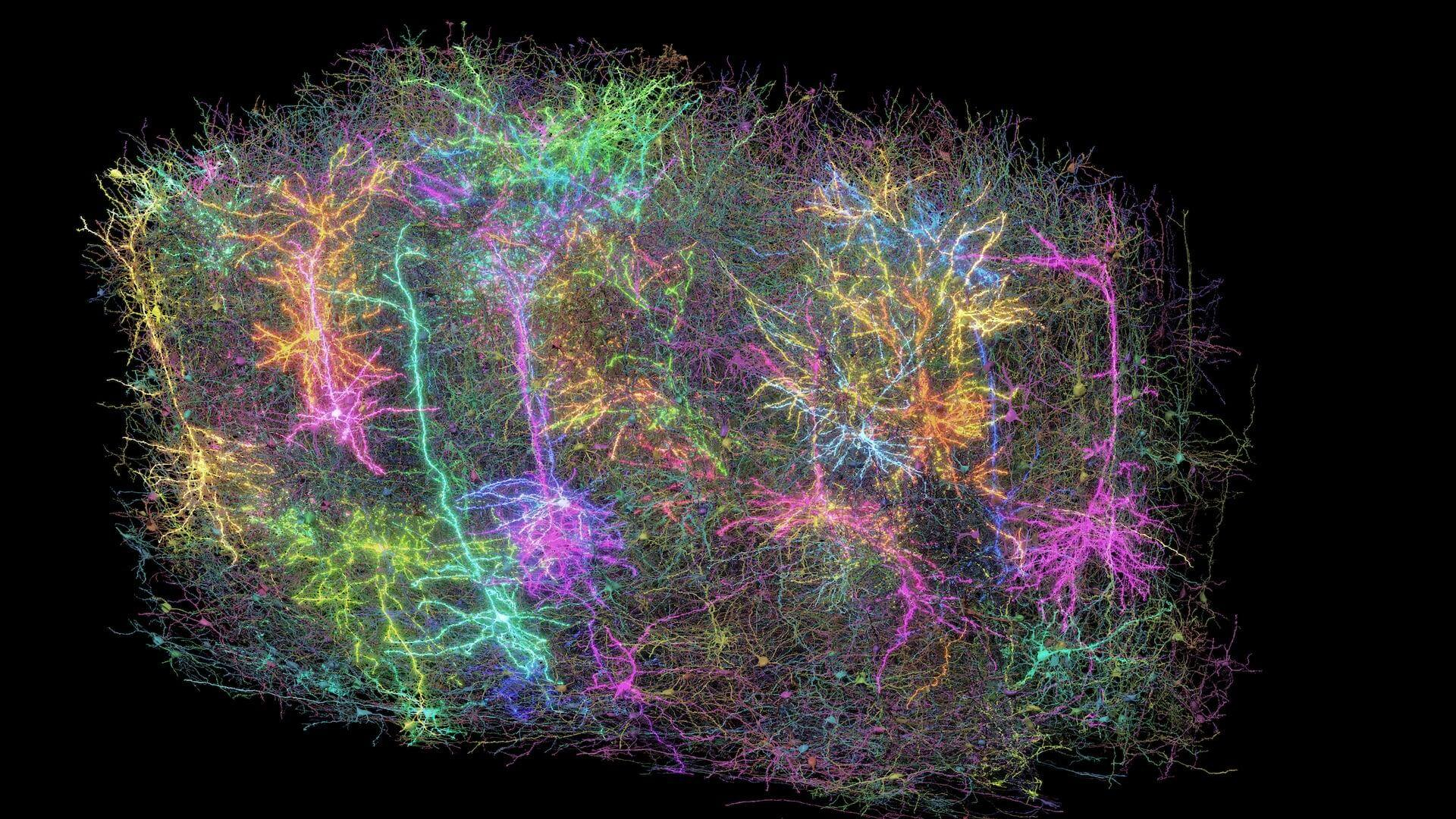 Scientists map miles of wiring in mouse brain
Scientists map miles of wiring in mouse brainSpeed Read Researchers have created the 'largest and most detailed wiring diagram of a mammalian brain to date,' said Nature
-
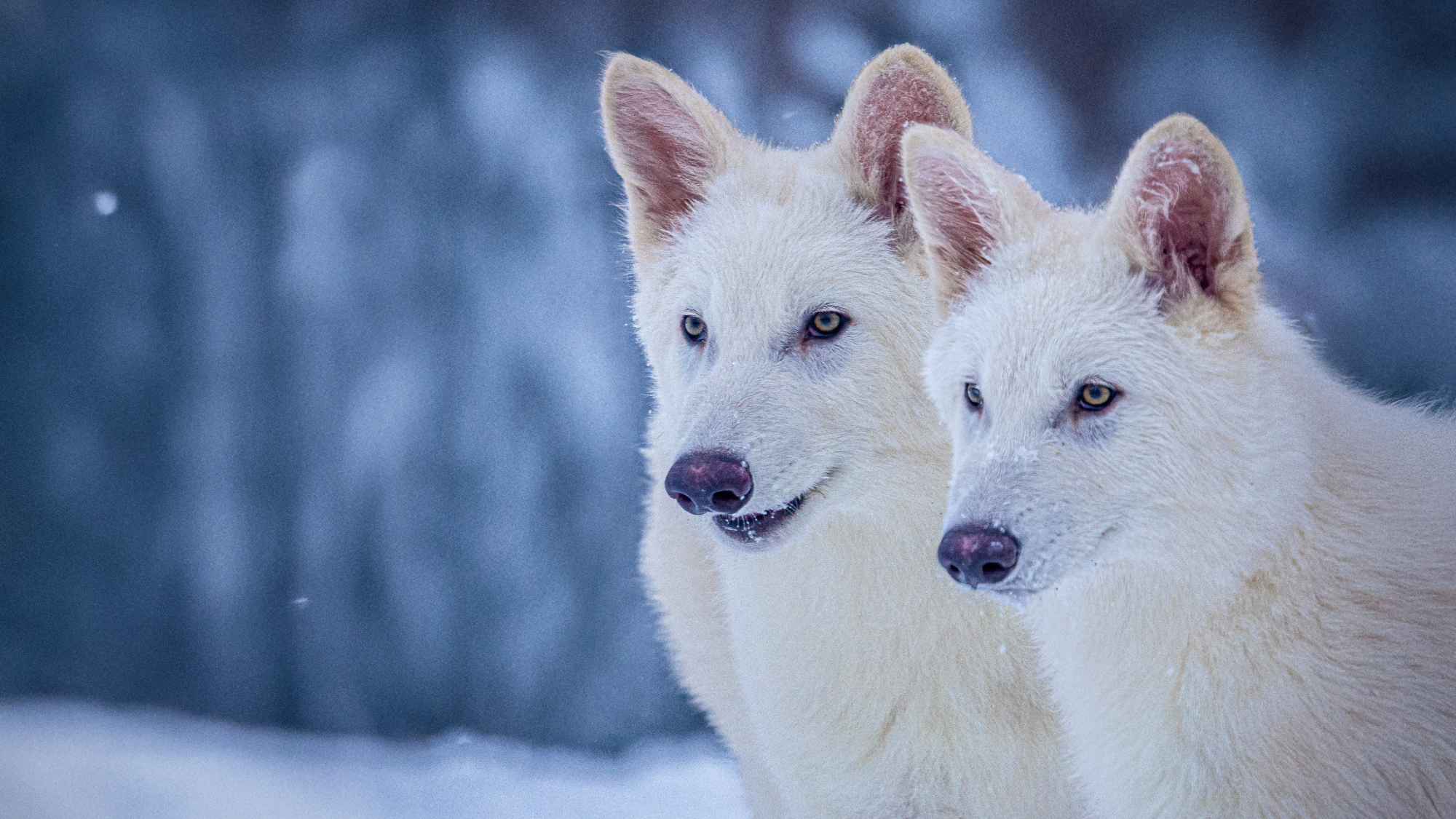 Scientists genetically revive extinct 'dire wolves'
Scientists genetically revive extinct 'dire wolves'Speed Read A 'de-extinction' company has revived the species made popular by HBO's 'Game of Thrones'


